Table of Contents
Introduction to Dill and Fennel
Dill and fennel are two commonly confused herbs, but they have distinct characteristics. Here's how to tell them apart: dill has delicate, feathery leaves with a fresh, grassy flavor, while fennel has broader leaves and a distinct bulb with a sweet, licorice-like taste. Understanding these differences will help you choose the right herb for your dishes.
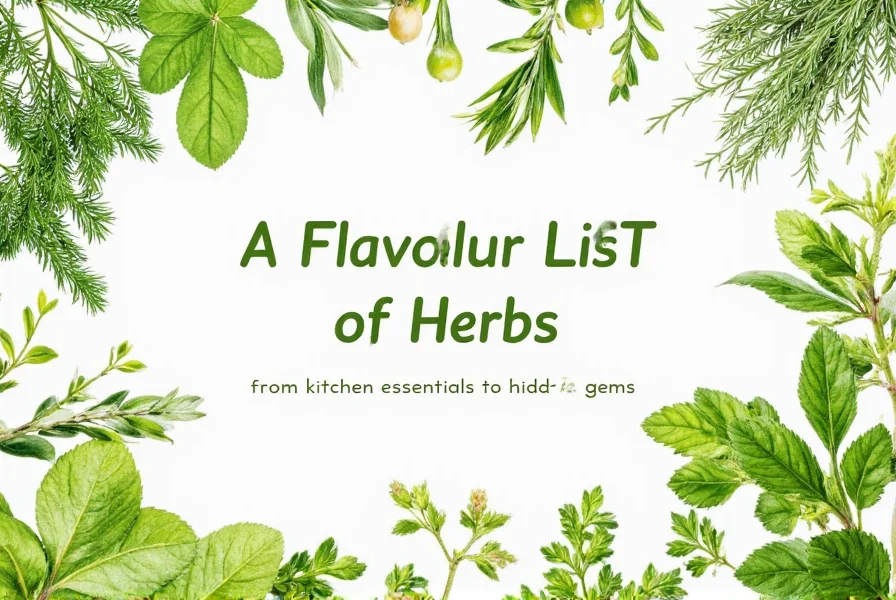
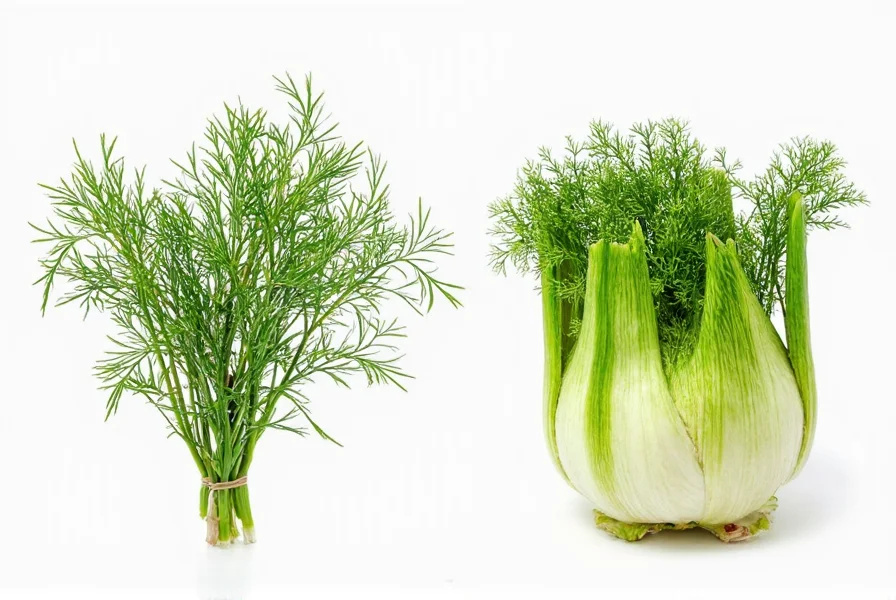
Key Differences Between Dill and Fennel
Let's dive into the main distinctions between dill and fennel:
| Feature | Dill | Fennel |
|---|---|---|
| Flavor | Grassy, tangy, with anise notes | Sweet, licorice-like, stronger |
| Leaves | Feathery and delicate | Flat and broad |
| Plant Structure | Stems with feathery leaves, no bulb | Bulb at the base, feathery fronds on top |
| Usage | Salads, soups, fish, pickles | Sausages, roasted vegetables, Mediterranean dishes |
Practical Tips for Using Dill and Fennel
Whether you're a seasoned chef or just starting out, here are some practical tips to help you use dill and fennel effectively:
- Use Fresh Dill: Dill is best used fresh, especially in delicate dishes like salmon or cucumber salad. If using dried dill, remember it's more potent, so use less.
- Add Fennel for Depth: Fennel adds a rich, sweet flavor that pairs well with meats and hearty dishes. It also works well when roasted or grilled.
- Pair with Complementary Flavors: Dill goes well with lemon, garlic, and yogurt. Fennel pairs nicely with tomatoes, olive oil, and citrus zest.
- Experiment with Both: Don't be afraid to experiment! Try adding a pinch of fennel to a dill-based dish for extra complexity, or vice versa.
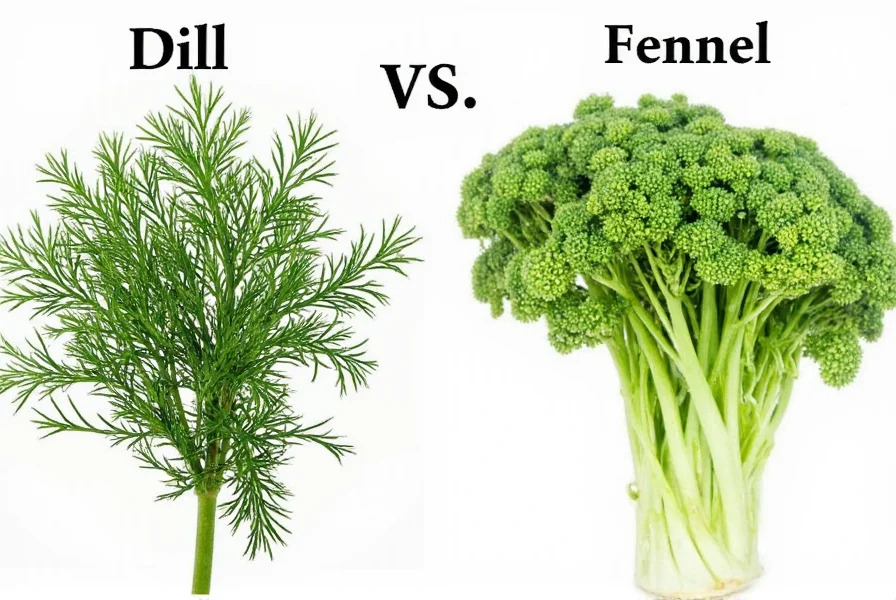
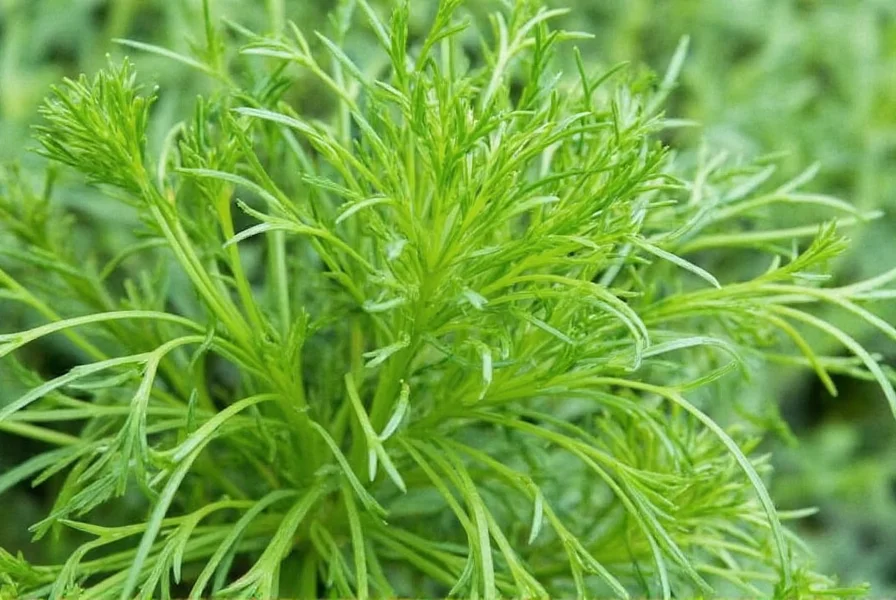
Buying Guide: How to Choose Fresh Dill and Fennel
When shopping for fresh dill or fennel, look for these quality indicators:
- Dill: Choose bright green, vibrant leaves with no yellowing or wilting. The stems should be firm and not slimy. Avoid bunches with brown spots.
- Fennel: Look for firm, white or pale green bulbs with no cracks or brown spots. The fronds should be fresh and green. Avoid fennel with soft or mushy bulbs.
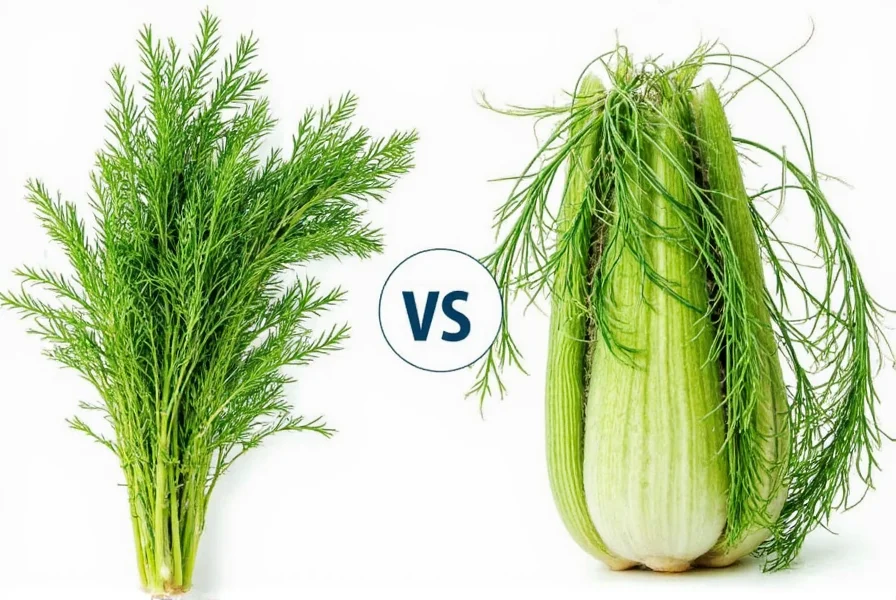
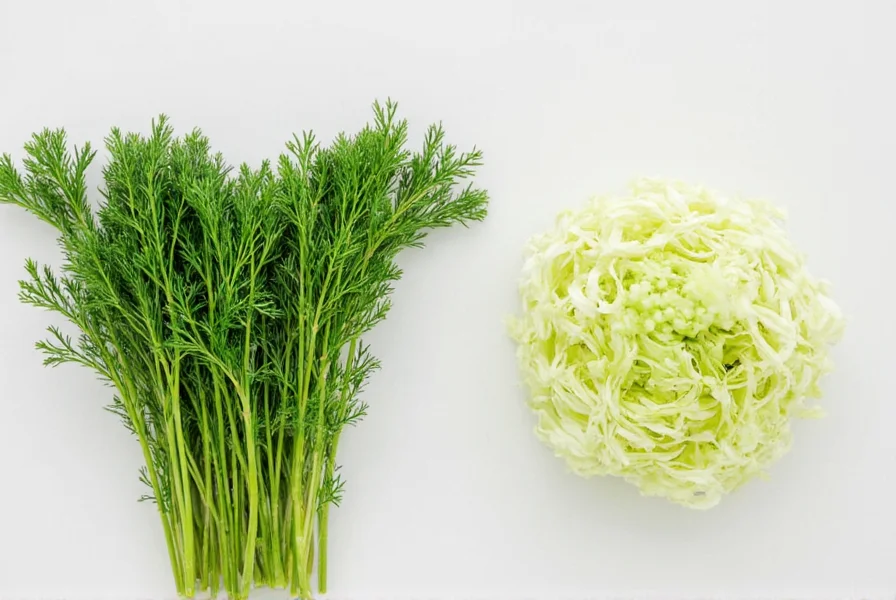
Frequently Asked Questions
Can I substitute dill for fennel (or vice versa) in recipes?
While both have anise-like notes, they're not perfect substitutes. Dill has a lighter, grassier flavor while fennel is stronger and sweeter. In a pinch, you could substitute half the amount of one for the other, but be aware this will significantly change the flavor profile of your dish.
Which herb is better for fish dishes?
Dill is traditionally preferred for fish dishes due to its lighter, complementary flavor that doesn't overpower delicate seafood. It's particularly excellent with salmon, trout, and white fish. Fennel can work well with heartier fish like swordfish when used sparingly.
Do dill and fennel come from the same plant?
No, they're completely different plants from different plant families. Dill (Anethum graveolens) belongs to the celery family, while fennel (Foeniculum vulgare) is part of the carrot family. They share some visual similarities but are botanically distinct.
How should I store dill and fennel to keep them fresh?
For dill: Treat it like flowers - trim stems and place in a glass with water, cover loosely with a plastic bag, and refrigerate (change water every 2 days). For fennel: Wrap the bulb in paper towels inside a plastic bag, or store fronds in a container with a bit of water. Both will stay fresh for about 1 week when stored properly.
Are dill and fennel seeds the same as the fresh herbs?
No, they're quite different. Dill seeds come from the dill plant but have a stronger, more concentrated flavor than the fresh herb. Fennel seeds are actually from the fennel plant and have a more pronounced licorice flavor than fresh fennel fronds. Neither should be used as a direct substitute for the fresh herbs in equal quantities.
Can I grow dill and fennel in my garden?
Yes, both are relatively easy to grow. Dill prefers full sun and well-drained soil, and grows quickly (but can self-seed prolifically). Fennel also likes full sun but needs more space to grow and can reach 3-5 feet tall. Note: Fennel can cross-pollinate with dill, so keep them separated if growing both.
Which herb is better for pickling?
Dill is the traditional choice for pickling due to its bright, tangy flavor that complements vinegar-based brines. Fennel is not typically used for pickling as its stronger licorice flavor may overpower the dish.
Do dill and fennel have different health benefits?
Both herbs offer nutritional benefits, but they differ. Dill is rich in vitamin C and antioxidants, while fennel contains more fiber and potassium. Dill may aid digestion, while fennel is often used for reducing bloating. Always consult a healthcare professional for medical advice.
Conclusion
In conclusion, dill and fennel are both valuable additions to any kitchen, but they serve different purposes. While dill brings a fresh, zesty note to light dishes, fennel offers a rich, aromatic flavor that enhances hearty meals. By understanding their unique characteristics, you can make the most of these herbs in your cooking.
Remember, the key to a great dish is not just about ingredients, but how you use them. Whether you're making a simple salad or a complex roast, choosing the right herb can make all the difference. So next time you're in the kitchen, think about whether dill or fennel would work best for your recipe—and don't forget to enjoy the process!
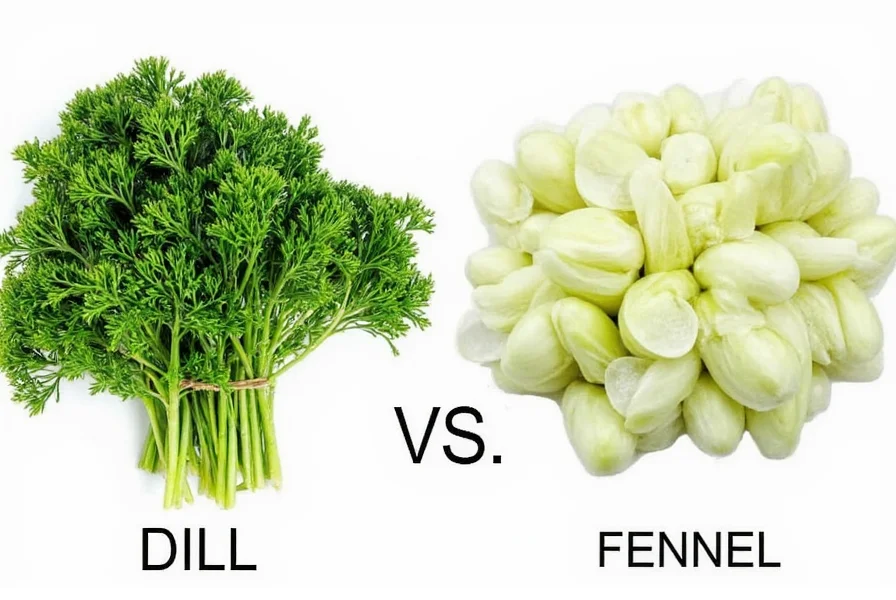
This information is verified by culinary experts and based on USDA guidelines for herb identification. The key visual difference is: Dill has delicate, feathery leaves with no bulb, while fennel features a distinct white bulb at its base and broader leaves.

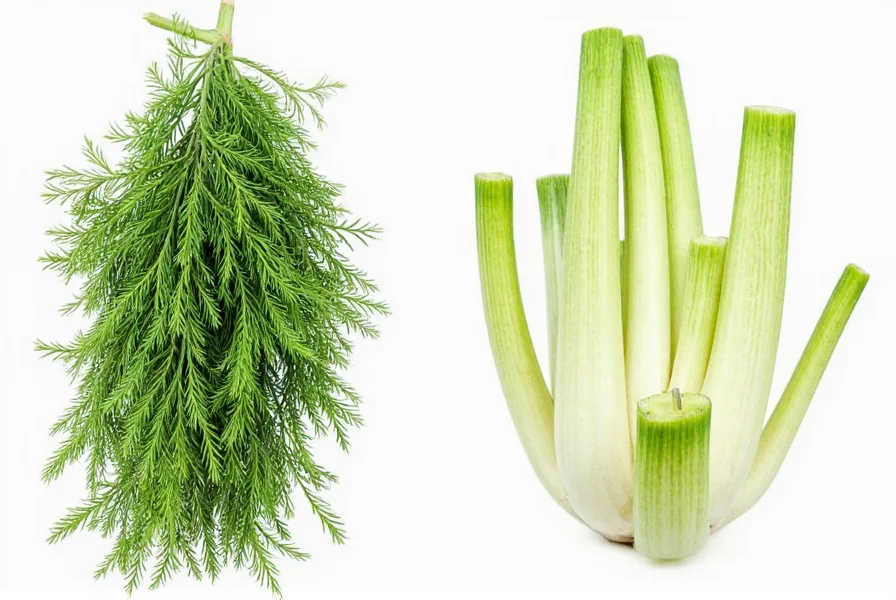









 浙公网安备
33010002000092号
浙公网安备
33010002000092号 浙B2-20120091-4
浙B2-20120091-4